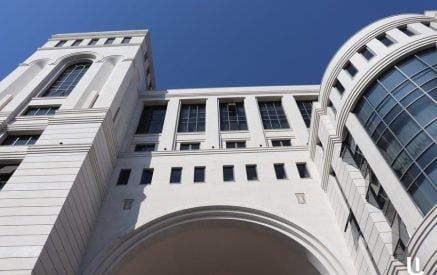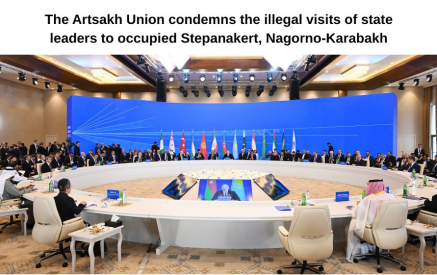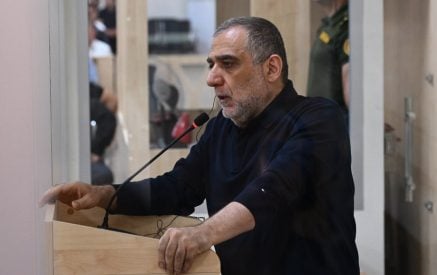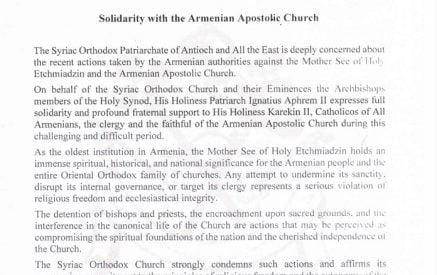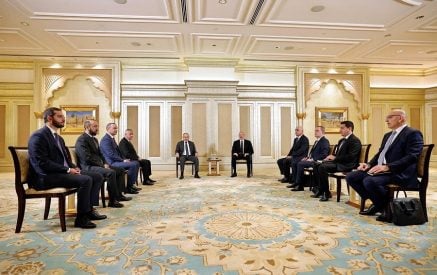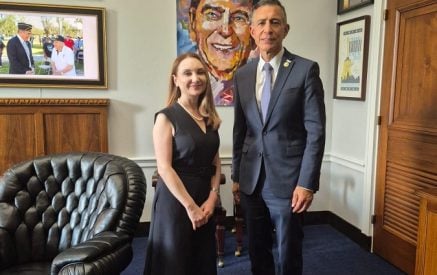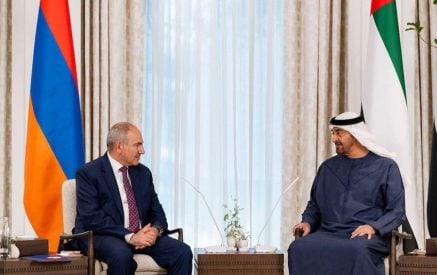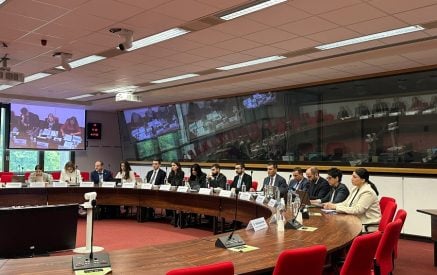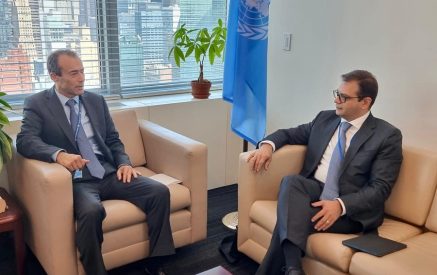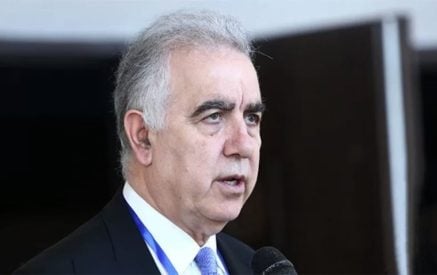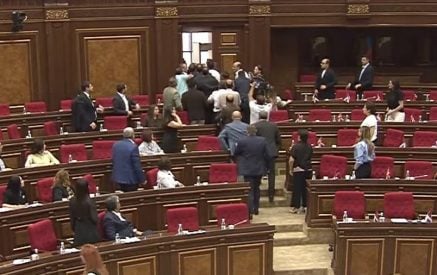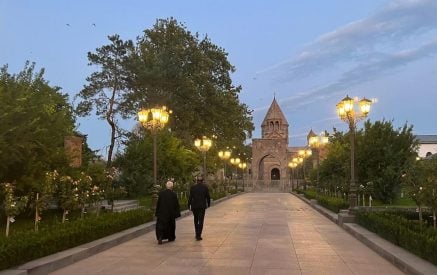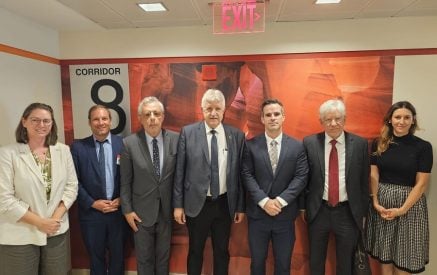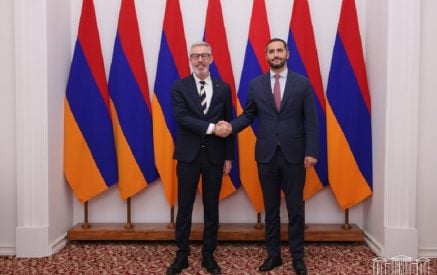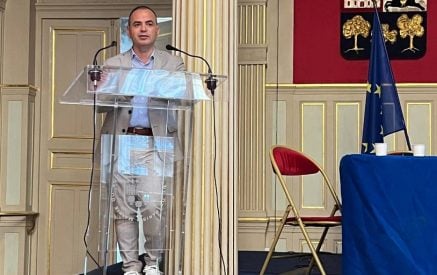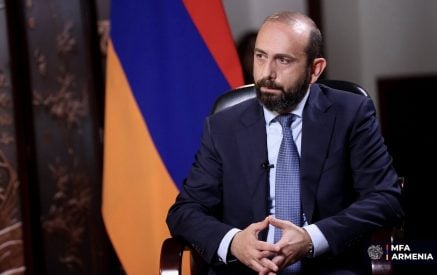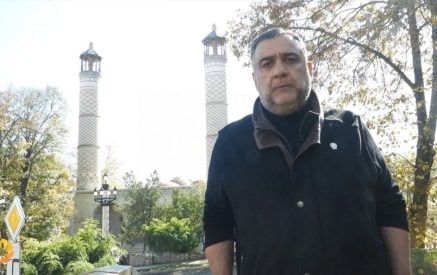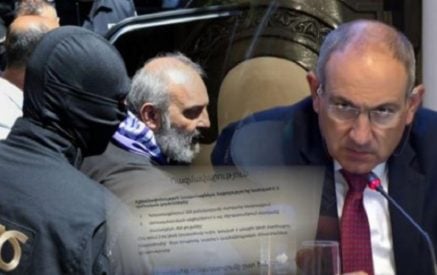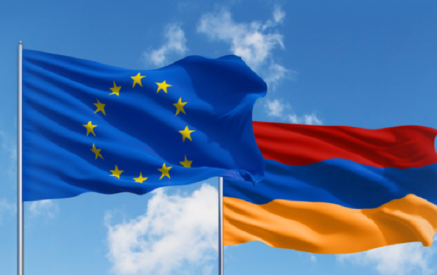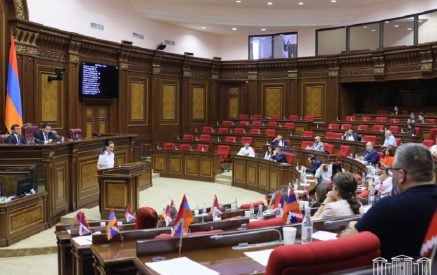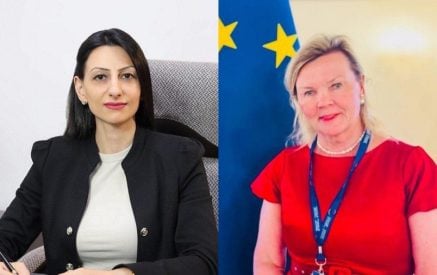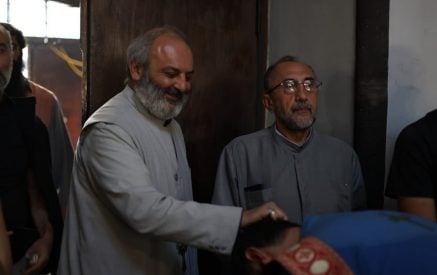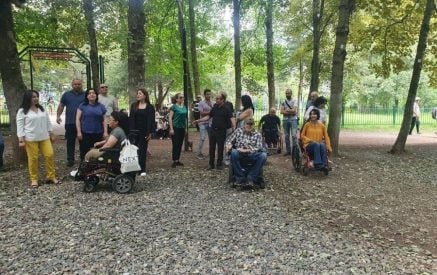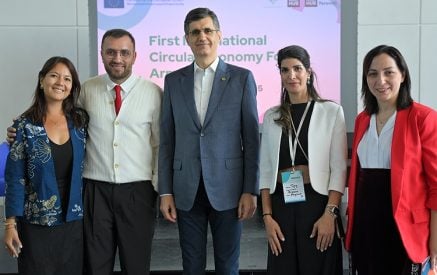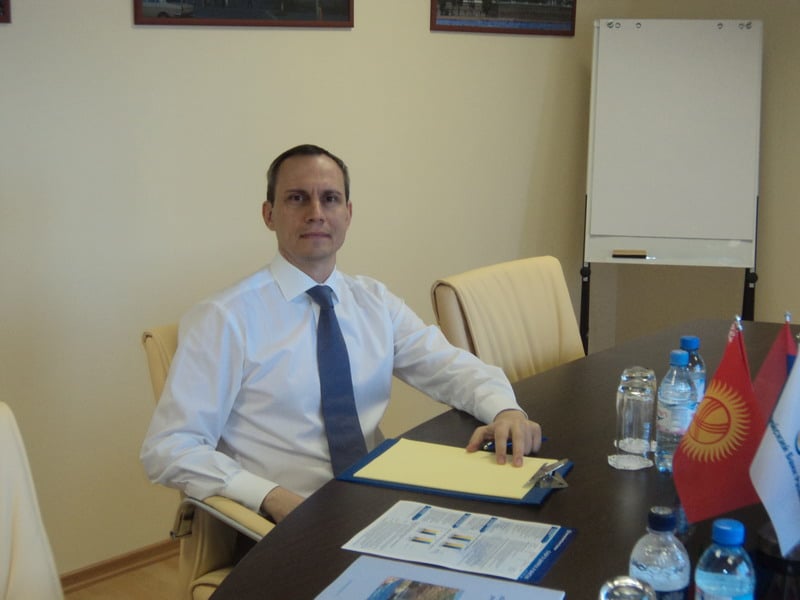
We are an international financial institution and in this sense fully meet all the criteria of the MFI. We have both similar approaches to project reviews, project cycle and methods of financing.
The main difference from other MFIs operating in the Armenian market is that we are not only a development bank, but also an integration bank, i.e. a bank financing integration projects.
What projects are referred by the Bank to as integration?
These are, first and foremost, all the projects in which the portion of mutual (interlocking) investments and trade between the EDB member states is rather high. Besides, for some forms of financing, such as trade financing, the integration component should be not just big, but dominant. The Bank will be highly interested in such projects; and the more the project meets the Bank’s mission objective, the better can be the final terms of financing.
Are there any limitations on the amount of loans?
Yes, there are. We are working on large-scale projects, the loan amounts of which start from 15-20 millions US dollars; the ceiling value is practically unlimited. Funding only major (large-scale) projects allows perceiving in quantitative terms the development and integration outcomes.
To the point, the ceiling value of projects allows avoiding competition with the Armenian commercial banks, which, due to capital restrictions, do not take the risks of major (large-scale) projects.
Which are the priority industries for funding by the Bank?
The Bank’s priority industries are, foremost, the economic sectors, the funding of which will have the biggest effect for sustainable development on the economy, integration, and the development of market relations of the country. These industries are transport, energy, construction, agriculture, machine-building, chemical production. We also take an interest for trade financing projects among companies from different sectors of the Bank’s member states.
What kind of projects the Bank is considering at this time? When do you plan to close transactions?
Presently the Bank has several projects under consideration, mainly in the sectors that are a priority for the Bank – i.e. agriculture, energy, mining, and others. As regards your second question, it is difficult to say something definitely. This is because not only how quickly the Bank will consider a particular project, but mostly, how long the borrower will decide on when to take the loan and whether to take it at all.
For the most project proponents in Armenia such big loans are a beginning of a new major (large-scale) project, and a decision on it has to be balanced. We, nevertheless, hope to close some transactions this year.
What projects the Bank will select for funding from the EurAsEC Anti-Crisis Fund (ACF)? What conditions must be met to obtain loans from the ACF?In general, the funding from the Anti-Crisis Fund can be divided into two groups. The first is the financial loans intended to cover the state budget deficit, balance of payments, to finance various state programmes.
The second group is the investment financing, which includes the financing of investment projects of national or interstate importance.
Applications received on the “Nairit” and “South Caucasus Railway: Vanadzor – Fioletovo” projects belong to the second group. Both projects are quite complex and are in the process of structuring transactions.
The main condition for obtaining ACF loans is inability to attract funding needed for carrying out an investment project in its entirety in the commercial market on reasonable terms within the requirements of the project at an acceptable risk level; as well as inability to attract it from international financial institutions.
In fact, if speaking about the financial terms of ACF loans, they have been considerably improved for Armenia, and presently meet the requirements for the concessional lending, established by the International Monetary Fund for Armenia. For example, the interest rate on the loan to 20 years may be lower than 2%. In this regard, we would certainly like to have more applications for commercially bankable projects in Armenia which meet the ACF requirements.
Are there any new projects under consideration of the EurAsEC Anti-Crisis Fund?
Yes, we are considering new projects in Armenia, including those in partnership with other international financial institutions. But let us mention that a commencement of a full-time work on the project under the Anti-Crisis Fund can be foreseen with a formal application from the project proponent. For new projects we have received no such applications so far, so let us wait a little with the comments.
EDB is actively cooperating with Armenian commercial banks, having provided four banks with loans under various projects. Will EDB intend to increase Armenian banks’ funding?
Surely we will continue to work with financial institutions in Armenia. The main criteria, which should be followed by any financial institution, are its financial stability and project portfolio availability to meet the EDB mission objective.
Many international financial institutions operating in the Armenian market are actively engaged in equity investment. Is EDB working in this direction?
EDB started working in this area relatively recently. We have a project In Armenia that is under overriding consideration (I cannot yet furnish the details). I believe that the Armenian equity investments will be of interest to the Bank. We are interested in working with companies that demonstrate business transparency and have certain potential for development, including export potential.
What is the minimum threshold for entering into these projects?
There is no minimum threshold, but I think that the EDB’s participation in the company’s capital must be substantial enough in absolute terms to ensure profound effect from the investments. As target companies for such participation, I foremost mean the large business companies or large-scale projects being initiated by business.
What are the development prospects of the Armenian economy as a whole and by sector?
Armenia’s economic development will primarily depend on the situation in the world markets and the world economy as a whole.
I think, with a relatively stable situation in the global markets in 2012-2013, over 5% GDP growth annually can be expected in Armenia. This is supported by cold statistics on the country’s industrial production and agriculture in the first six months of 2012. However it shall be kept in mind that most of the Armenia’s exports accounts for ore and metals, the prices of which are quite volatile, and therefore, the risks of instability are rather high.




